Stereographs Were the Original Virtual Reality
The shocking power of immersing oneself in another world was all the buzz once before—about 150 years ago
/https://tf-cmsv2-smithsonianmag-media.s3.amazonaws.com/filer/50/8f/508f7ce8-99b4-4872-bf52-b02246656715/oct2017_a02_prologue-wr.jpg)
If you walked into Charles Herzog’s classroom last spring, you’d have seen a peculiarly modern sight: middle schoolers all staring into virtual-reality gear. Their bodies, officially, were at Flood Brook School in Vermont, perched atop stools and set among a set of comfy couches, whiteboards and cubbies. But mentally, they were teleporting around the world.
The kids were viewing VR footage of refugee children who’d fled war in South Sudan, Syria and Ukraine. It was called “The Displaced,” and came courtesy of a free VR app launched by the New York Times Magazine, which you view by placing a phone in a Google Cardboard viewer. As Herzog’s students craned their necks around, they saw the swampy terrain of South Sudan and the dilapidated buildings where the Ukrainian children played. (Full disclosure: I sometimes write for the New York Times Magazine too.)
Later, when they put their headsets down, the students told Herzog they were stunned by the intensity of the experience—and how much more emotionally they intuited the brutal dislocations wrought by war. They’d read about this stuff and seen videos about it. But the VR hammered it into their souls.
“It’s really deep immersion,” Herzog told me later. “They feel like they’re in whatever world they’ve been placed into.”
VR, it seems, is finally edging into the mainstream. As head-mounted devices—such as the Oculus Rift and HTC Vive—have dropped below $1,000 (or as low as $5 for Google Cardboard), more people than ever are peering into this new realm. Doctors use it to show the ventricles of the heart; artists create hallucinogenic visualizations; game designers build immersive shoot-’em-ups and kookily creative tools like Tilt Brush, which lets you draw virtual sculptures in the air. Documentary filmmakers are flocking to shoot VR “experiences,” using newfangled 360-degree cameras.
The high-tech age has given birth to many addictive new media, including websites, YouTube videos and endless text chat. But proponents say VR is different. By hijacking our entire field of vision, it has more persuasive power than TV, radio or any other previous medium. VR, as the filmmaker Chris Milk proclaims, is “an empathy machine.”
Why does VR get its hooks into our psyche? What’s so intense about 3-D? That’s a question people pondered back in the mid-19th century, when they peered into an exotic new tool for summoning virtual worlds: the stereoscope.
**********
In June 1838, the British scientist Charles Wheatstone published a paper describing a curious illusion he’d discovered. If you drew two pictures of something—say, a cube, or a tree—from two slightly different perspectives, and then viewed each one through a different eye, your brain would assemble them into a three-dimensional view. This was, he noted, precisely how our vision works; each eye sees a slightly different perspective. Wheatstone created a table-size device to demonstrate the effect, with a viewer that sent a unique image to each eye: the world’s first stereoscope.
A decade later, the scientist David Brewster refined the design, crafting a hand-held device you could raise to your eyes. Insert a card with stereo images —a “view”—and presto! A scene came alive. Better yet, the photograph had recently been invented, which meant Brewster’s stereoscope could display not just crude hand drawings, but vivid images captured from real life.
“All these inventions just dovetailed perfectly by mid-century,” notes Douglas Heil, a professor and author of The Art of Stereography.
Once Brewster’s design hit the market, the stereoscope exploded in popularity. The London Stereoscopic Company sold affordable devices; its photographers fanned out across Europe to snap stereoscopic images. In 1856, the firm offered 10,000 views in its catalog, and within six years they’d grown to one million.
“People loved it,” laughs Laura Schiavo, an assistant professor of museum studies at George Washington University. At pennies per view, stereoscopy could become a truly mass medium: People excitedly purchased shots of anything and everything. They gawped at Tintern Abbey in Wales and the Temple of Jupiter in Lebanon, and gazed at close-ups of delicate fancywork. There were comedic, staged views, like one showing a maid sneaking out of her house via manhole to see her lover. Wealthy families posed for stereoscope portraits.
The Art of Stereography: Rediscovering Vintage Three-Dimensional Images
Three-dimensional stereoviews were wildly popular in the mid-19th century. Yet public infatuation fueled highbrow scorn, and even when they fell from favor, critics retained their disdain. Thus a dazzling body of photographic work has unjustly been buried.
The world in a stereoscope seemed transcendent, hyper-real. “The first effect of looking at a good photograph through the stereoscope is a surprise such as no painting ever produced,” gushed Oliver Wendell Holmes, the American surgeon and author, in a 1859 Atlantic essay. “The mind feels its way into the very depths of the picture. The scraggy branches of a tree in the foreground run out at us as if they would scratch our eyes out.” Soon, Holmes amassed a collection of thousands of views. “Oh, infinite volumes of poems that I treasure in this small library of glass and pasteboard! I creep over the vast features of Rameses, on the face of his rockhewn Nubian temple; I scale the huge mountain-crystal that calls itself the Pyramid of Cheops.” He even gave this type of imagery a name: “stereograph,” from the Latin roots for “solid” and “writing.”
Holmes engineered a simplified stereoscope that could be made cheaply. He intentionally didn’t patent it, and this sparked an American stereography boom, as U.S. firms cranked out thousands of the gadgets.
The device crossed all cultural and class boundaries: Intellectuals used it to ponder the mysteries of vision and mind, while kids merely goggled at the cool views.
“It was social, too,” says Heil. “You’d see the family in the parlor room, and the grandson is feeding stereo views to grandmother, who’s looking at it.”
European views were frequently of famous ancient landmarks, castles and cathedrals. The United States—a young country—didn’t have any antiquity, so stereographers instead recorded America’s epic landscape: the canyons of the West, the soaring peaks of Yosemite. Americans also loved scenes from abroad, peering excitedly at Egyptian camels, Central American women pounding tortilla flour, dirigibles in flight, exploding volcanoes. Victorian-era travel was too expensive for anyone but the wealthy, so the stereograph provided virtual voyaging for the emerging middle class.
“You could stay at home and go to France, to Italy, to Switzerland and China, and you could visit all these places by your fireside,” says Denis Pellerin, director of the London Stereoscopic Company (which still exists today). One entrepreneur even envisioned using the stereograph to do remote shopping.
Stereoscopy began to transform science. Astronomers realized that if they took two pictures of the moon—shot months apart from each other—then it would be like viewing the moon using a face that was the size of a city: “Availing ourselves of the giant eyes of science,” as one observer wrote. (The technique indeed revealed new lunar features.)
Artists used the device for inspiration. Charlie Chaplin was casting about unsuccessfully for an idea for his next film, when he peered at stereographs of the Yukon. “This was a wonderful theme,” he realized, and in a flash conceived the idea for his next hit film, The Gold Rush.
**********
By the late 19th century, stereograph makers began aggressively pitching their wares to a huge and lucrative market: schools. Like many purveyors of educational technology, they claimed their new form was uniquely instructive—better, even, than mere books.
“The stereograph is a superior kind of text, and a good teacher will not have so much trust in mere print,” wrote the Underwood & Underwood company in its teacher manual, The World Visualized for the Classroom. Many teachers were persuaded, and by some accounts millions of students began using stereoscopes. Keystone—another stereographic company—said every American city of at least 50,000 population was using the “Keystone System” in its schools.
This was about more than education. It was about forging a new style of cognition and behavior. The science of psychology was new, and proponents believed that children’s mental apparatuses were trainable with rigorous practice. Studying 3-D scenes, the experts argued, would help sharpen children’s attention. “Educators would always describe kids as chaotic and unfocused,” says Meredith Bak, an assistant professor of childhood studies at Rutgers University. “There was this idea that you had to train kids how to look,” by giving them an “object lesson” to closely study. The stereograph seemed to fit the bill perfectly: By sealing off a student’s vision, it removed the distractions of spitball-tossing classmates and sealed the child into quiet contemplation. “The student would get an image and be told to look in the foreground, look in the background, notice different parts of the image,” Bak says. The device, one educator claimed, would “enchain the imagination.”
Indeed, stereograph makers downplayed the obvious joy of the device, the better to render it educational. “Using stereographs is not play; it is work,” intoned The World Visualized for the Classroom. If the teacher used it correctly, it would transport the children abroad. “It may not be too sanguine to believe that a child may be made thus to know more of the real life of foreign or of distant lands than is often known by the hasty or careless traveler who visits them,” wrote one teacher.
Some literary elites were alarmed by the rise of the stereograph. Visual culture was on the rise—on top of stereoscopes, Victorians were excitedly trading photographic calling cards, watching short films, and spinning kinetoscopes of looping animations that were, essentially, like today’s animated GIFs.
The French poet Baudelaire had enough. He lashed out, bemoaning “a thousand hungry eyes...bending over the peep-holes of the stereoscope, as though they were attic-windows of the infinite.” Some of this was pure snobbery, as the author Heil says. Elites hated the stereograph “because it was so popular, and embraced by uneducated people,” he adds. “I compare it to rock ’n’ roll in the 1950s.” And, as is typical with new media, there was porn. A British government report decried stereographs of “women undressing, showing their underclothing, and sitting in certain postures in a highly suggestive manner”; France began a crackdown.
Eventually, the stereograph was killed off—by even newer, more bewitching media. Though the craze endured for over 60 years, by the 1910s, postcards had become the hot new photo item to share and collect. Then around the same time, radio arrived, and it permanently unseated the stereograph as social parlor-room entertainment. Stereo images never entirely vanished; 3-D has enjoyed a few short vogues in movies, and as the “View-Master” children’s toy in the ’60s.
But it wasn’t the talk of the town anymore. Show up at a friend’s house, and they would no longer urge you to peer into their fantastic device.
**********
Until, of course, VR re-emerged. In 2012 an entrepreneur named Palmer Luckey unveiled a Kickstarter campaign to produce the Oculus Rift, sparking a renaissance in headmounted 3-D. Today’s VR emerged largely because the technology it requires—LCD screens and tilt sensors—was made suddenly cheap by the boom in mobile phones. But VR struggles with some existential questions. What precisely is it good for? Are there things that cry out to be seen in VR? Is it the latest 3-D fad, or is it here to stay?

Documentary filmmakers in particular are chewing on this problem. The director Jeff Orlowski shot Chasing Coral, an 89-minute-long documentary about scientists and divers who engineer a system for recording, in time-lapse imagery, the bleaching of coral reefs. Intrigued by VR, he also shot a six-minute VR film of the underwater action. While the traditional documentary is better at telling a long story, he says, VR gives people a particularly physical sense of the issue.
“Oceans are almost the epitome of the immersive experience,” he notes. “Very few people go there. Very few people dive. And of all the experiences where you want to look around in all 360 degrees, going underwater is a big one.” It’s missing a social dimension, though. Friends can gather to watch his regular documentary on a couch, but VR “isn’t yet a communal experience.”
Is VR truly an “empathy machine”? Many critics say this boast is overplayed. One can make voyeuristic, callow VR just as easily as smart, intelligent VR. However, some science suggests the claim isn’t entirely hype. Jeremy Bailenson—a Stanford communications professor—has tested VR for over a decade, and has found that, deployed thoughtfully, it can indeed increase a viewer’s ability to grasp a different perspective. It’s uniquely suited to “role playing.” He’s even created a VR simulation that puts you in the position of a cow about to be slaughtered, and it’s intense enough that viewers come away upset.
Indeed, that’s why Bailenson thinks VR is good only for short experiences: It’s too sensorily intense for more than 20 minutes. And while it certainly seems like a great tool for schools, the question of how it helps teach is still scientifically unsettled.
It may well be that VR winds up being used for mundane purposes, too. Walmart is using it to train employees; Bailenson has created a firm to use VR to help football athletes study plays. Maybe we really will use it to order food soon. This is, in many ways, often the long-term curve of media, as Schiavo, the George Washington University professor, notes. People thought the stereoscope would revolutionize the way we absorbed knowledge—but it never quite did.
“It’s like, ‘OK, well, now we see more things, that’s cool!’” she says. We thrill to a new medium, then quickly domesticate it: the ultimate reality of the human gaze.
A Note to our Readers
Smithsonian magazine participates in affiliate link advertising programs. If you purchase an item through these links, we receive a commission.
/https://tf-cmsv2-smithsonianmag-media.s3.amazonaws.com/accounts/headshot/Clive_Thompson_photo_credit_is_Tom_Igoe.jpg)
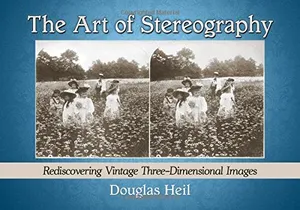
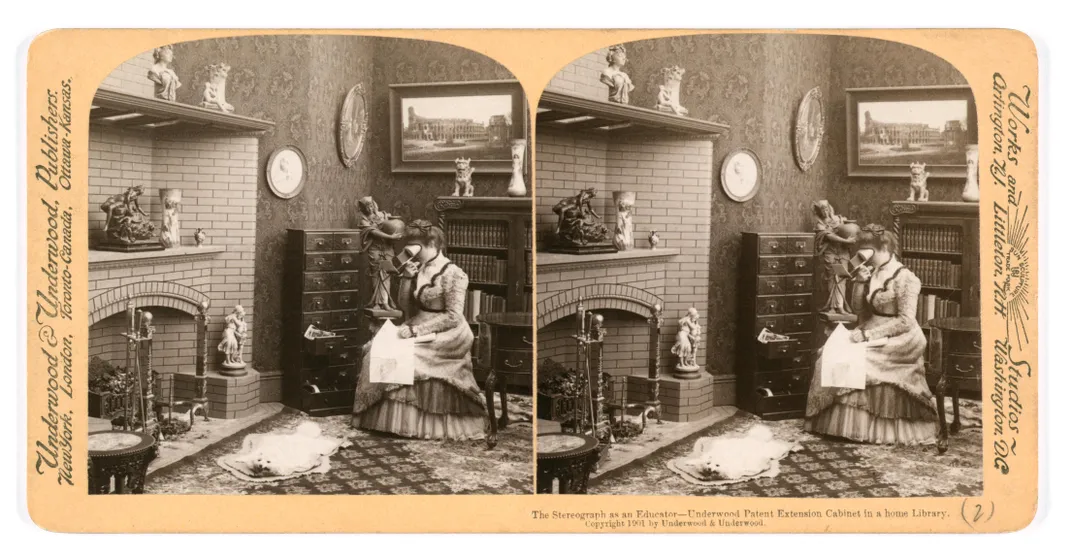
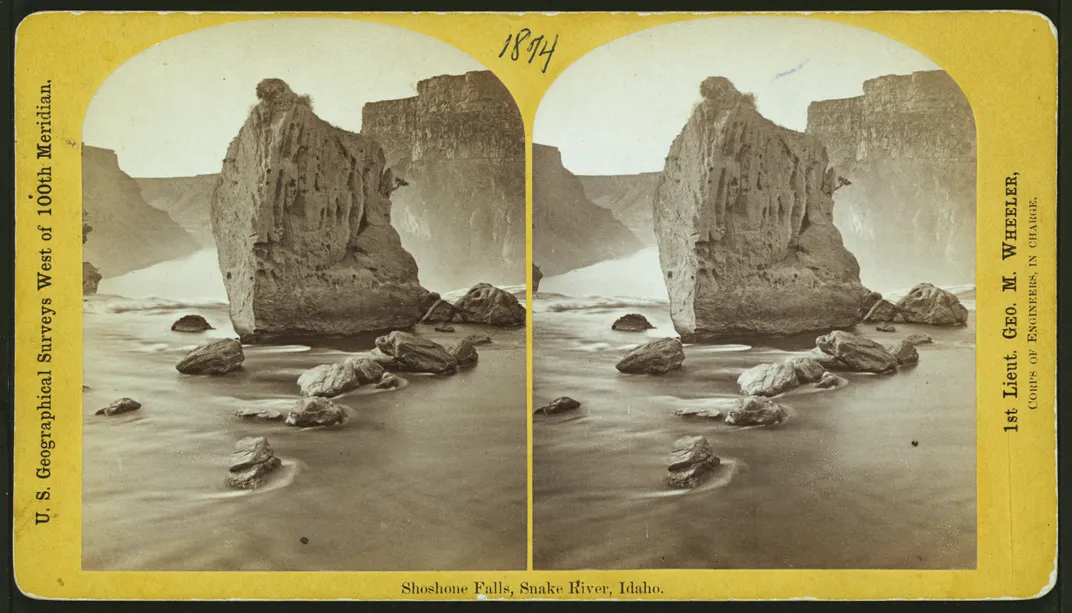

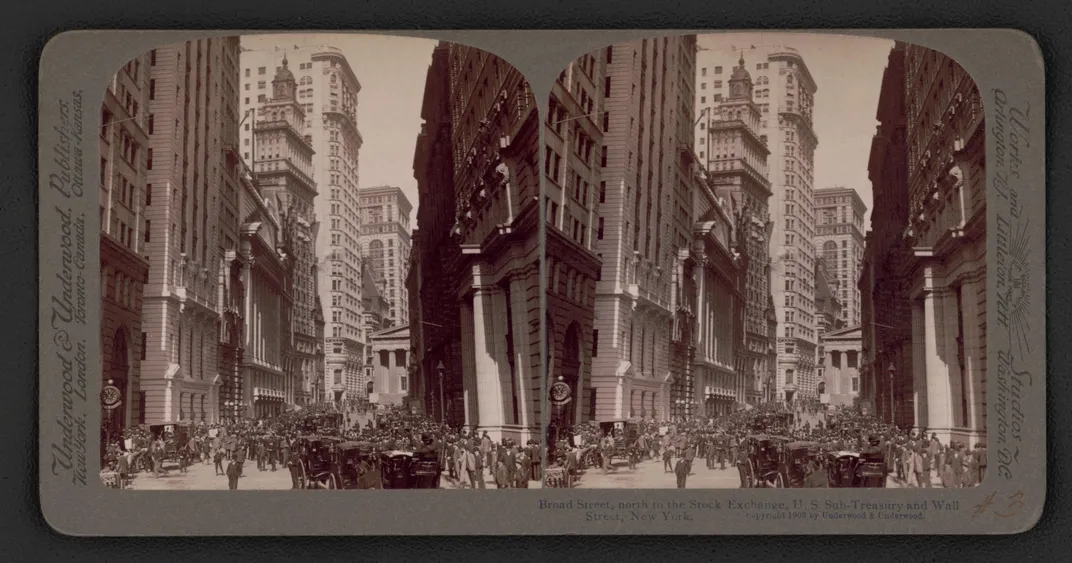
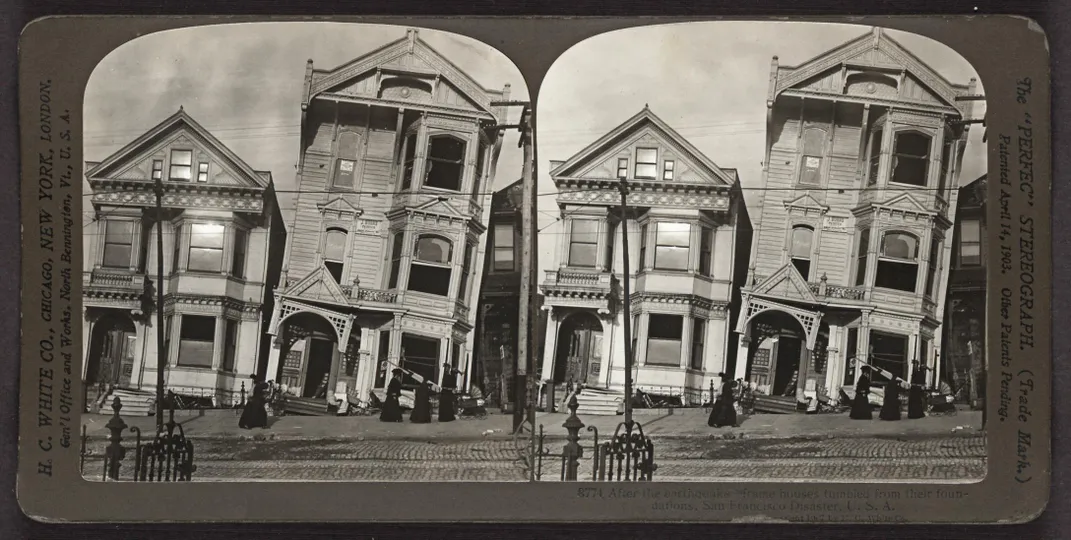
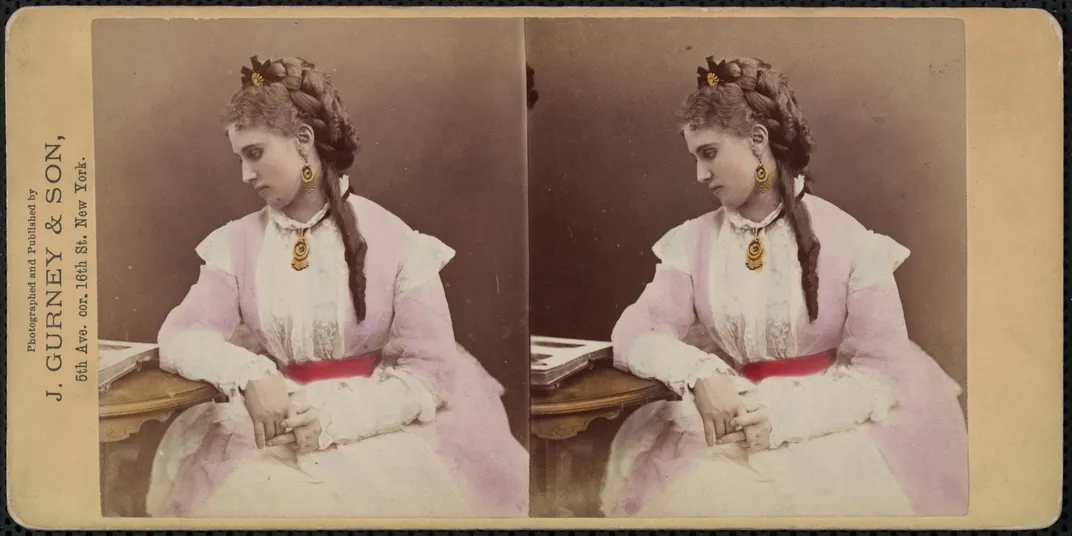
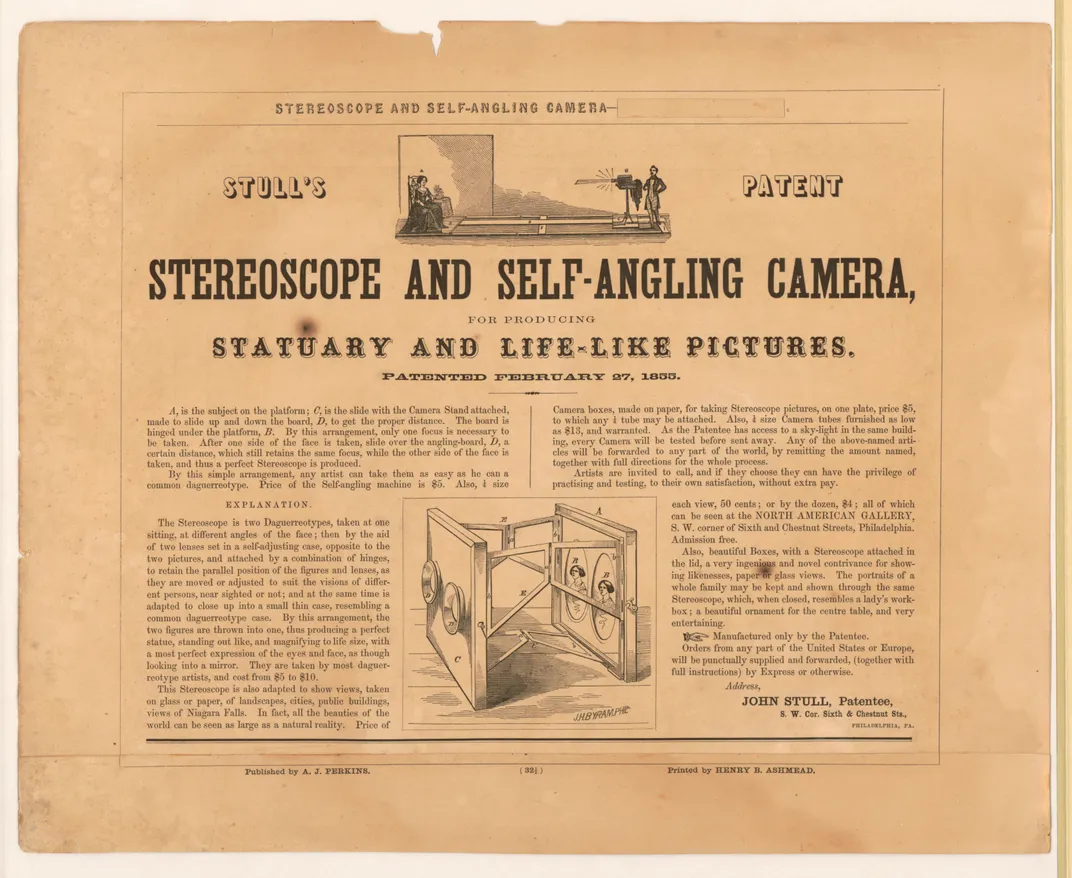
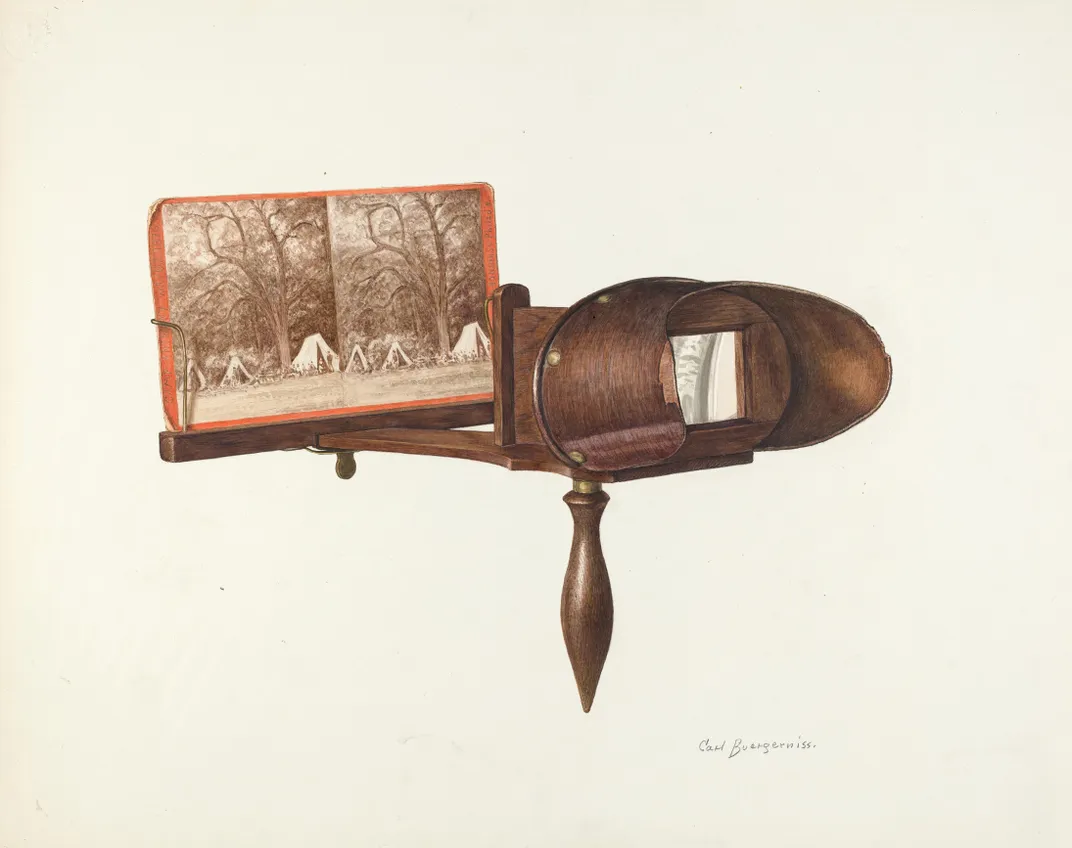
/https://tf-cmsv2-smithsonianmag-media.s3.amazonaws.com/accounts/headshot/Clive_Thompson_photo_credit_is_Tom_Igoe.jpg)